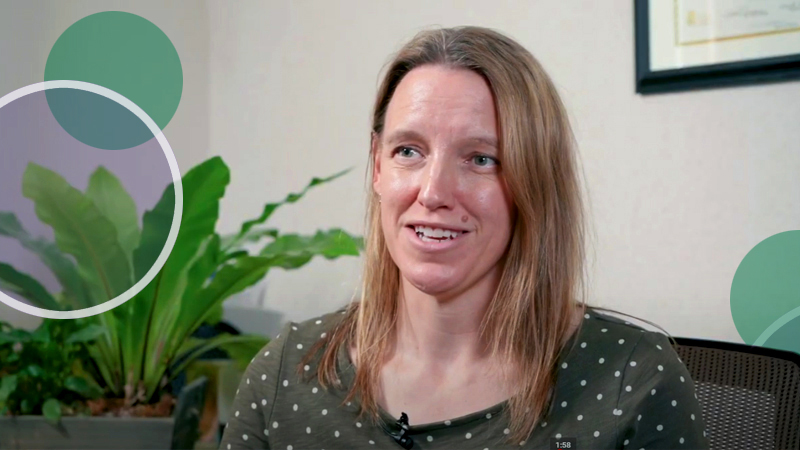 Unsafe medication practices and medication errors are a leading cause of harm around the world. According to the World Health Organization (WHO), the cost associated with medication errors is around $42 billion USD annually. Likewise, the Canadian Patient Safety Institute (CPSI) has documented over $140 million Canadian dollars in direct and indirect healthcare expenditures due to preventable medication hospitalizations, with lost productivity (including time off work) adding an additional $12 million in costs.
Unsafe medication practices and medication errors are a leading cause of harm around the world. According to the World Health Organization (WHO), the cost associated with medication errors is around $42 billion USD annually. Likewise, the Canadian Patient Safety Institute (CPSI) has documented over $140 million Canadian dollars in direct and indirect healthcare expenditures due to preventable medication hospitalizations, with lost productivity (including time off work) adding an additional $12 million in costs.
In the hospital setting, accurate medication administration is one of the foundations of safe care, but clinical workarounds can create risks that can cause patient harm or injury. That’s why, in Southwestern Ontario, we embarked on an initiative that allowed two organizations totaling five hospital sites — Alexandra Marine & General Hospital (AMGH) and Huron Perth Healthcare Alliance (HPHA) (comprised of Clinton Public Hospital, St. Mary's Memorial Hospital, Seaforth Community Hospital and Stratford General Hospital) — to move from two different paper processes to a single electronic Medication Administration Record (eMAR) integrated with Bedside Verification (BV). This has enabled our clinicians to seamlessly incorporate barcode-assisted medication administrations (BCMA) into the patient care workflow. Here’s how we did it:
Getting the right leaders on board
We were pleased to receive project funding from the Ministry of Health and Long-term Care’s Southwest Local Health Integration Network Transformational Funding for Small, Rural & Northern Hospitals Project. First off, we identified high-level project sponsors from within our two organizations: our vice president of partnerships and chief nursing executive at HPHA and our chief operating officer and vice president of corporate services at AMGH. These sponsors were available to provide overall direction and guidance, as well as gain appropriate support from stakeholders. Next, we created teams of staff members from each organization who would build and test dictionaries, field staff questions, and provide training as well as hands-on support.
Building the eMAR was the next step in taking our medication administration record completely electronic, to provide clinical pharmacists with real-time medication verification. This functionality, coupled with BV, would ensure that the right medication would always be delivered to the right patient at the right time.
Supporting innovation and creative solutions
One of the biggest challenges we identified was the need for 24/7 pharmacy coverage in order to provide real-time medication orders on the eMAR. To solve this, we implemented a remote telepharmacy service for pharmacy order entry/verification overnight. This allows the orders to appear on the eMAR in real-time, saving time and ensuring patient safety.
Throughout the project, we were also very sensitive to change fatigue. Process change is difficult on any level and especially for a project of this magnitude. In preparation for go-LIVE, we developed several avenues to communicate with staff and help keep them engaged. Beyond emails and attending team huddles on each unit, we also came up with some creative ideas to promote why we were doing this and to build excitement about the end result. Project communication also came by way of:
-
Toilet Talk - posters displayed in staff washrooms to help keep the mission front and center.
-
Our Empower Project video - demonstrating our organization-wide commitment to improving patient safety.
We involved nursing and unit clerk staff from each site to create our education plan. Now, within our clinical workflow, staff must follow the standards associated with the Bedside Verification (BV) process on every clinical area where BV has been implemented. They must scan the patient’s armband prior to every medication pass.
Improving processes through transparency
Moving from a paper medication administration process throughout all five hospitals has strengthened our commitment to patient safety. Some of the patient safety and workflow benefits we’ve realized include:
-
Documentation in real time, providing up-to-date access to medication administration.
This information can be viewed in other settings when the patient moves from one site to another.
-
Incident reports completed by staff where medication near misses have occurred and were caught by medication scanning.
-
Process improvements to avoid workarounds associated with patient wristband scanning. For example, we’ve removed inappropriate wristband documentation and replaced with the correct manual barcode option from MEDITECH. We’ve also implemented scenarios where it is appropriate to use the manual barcode option (i.e., in the event of equipment failure or if the patient is situated too far from the scanner). In these cases, we must ensure we validate the patient with multiple identifiers.
Creating a sustainable solution
My job is to help keep patient care evolving, so we are always delivering safe, quality care throughout the communities we serve. Once implemented, the eMAR and BV integration project had to be sustainable for us to keep moving forward. To that end, we have taken the following governance steps to review data and discuss areas for improvement.
-
Weekly audits are sent to the managers where staff have used the manual barcode routine. Staff must enter comments as to why the wristband could not be scanned.
-
Nursing managers run scanned/not scanned reports and follow up with staff
-
Quarterly audits are sent to the senior management, indicating the scan percentage for wristbands and medications. For all five of our sites, scan rates for calendar year 2018 topped 97.87% for wristbands and 90.2% for medications.
-
Incident reporting is followed up by pharmacy and nursing managers. Process improvements are discussed with the IT Clinical Analyst and Pharmacy leadership that impact Pharmacy Order Entry and the eMAR.
These changes have already made a positive impact throughout our organizations and hospitals. Working together on both provincial and local levels, we’re proud of what we’ve done to help prevent medication errors and hospitalizations, improve patient outcomes, and control health care costs.

.jpg)


